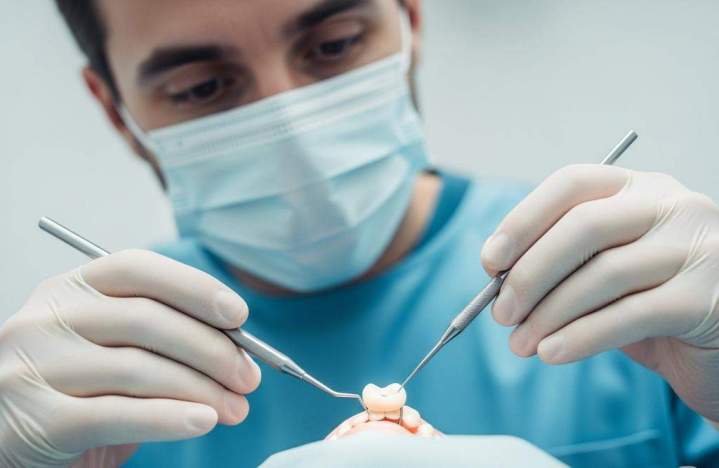Getting a Ceramic Crown: Explained Simply
Ceramic Crown Linkeo / July 21, 2025

Types of Crowns
Ceramic crowns come in several types, each serving different needs:
-
Full Ceramic Crowns: Made entirely from porcelain, they provide a natural appearance and are ideal for front teeth.
-
Porcelain-Fused-to-Metal Crowns: These combine metal for strength with porcelain for aesthetics, offering durability while still looking natural.
-
Zirconia Crowns: A newer option, zirconia crowns are incredibly strong and can be used for both front and back teeth.
Reasons to Choose a Ceramic Crown
Ceramic crowns offer numerous advantages that make them a preferred choice among patients and dentists alike.
Aesthetic Appeal
-
Ceramic crowns can be color-matched to your natural teeth, making them virtually indistinguishable.
-
Unlike metal crowns, ceramics reflect light in a way that closely resembles natural tooth enamel.
Durability and Strength
Ceramic crowns are robust and can withstand significant chewing forces. With proper care, they can last for many years, making them a cost-effective investment in your dental health. High-quality ceramic ensures a long-lasting restoration.
Biocompatibility
Ceramics are generally well-tolerated by the body, which reduces the likelihood of allergic reactions. This makes them an excellent choice for individuals with sensitivities to metals.
The Process of Getting a Ceramic Crown
Understanding the steps involved in getting a ceramic dental crown can alleviate anxiety and set realistic expectations.
Initial Consultation
During your first visit, your dentist will evaluate your tooth and overall dental health. X-rays may be taken to assess the extent of damage or decay. Based on this examination, the dentist will determine if a custom ceramic crown is the best option for you.
Tooth Preparation
Once you and your dentist agree on the treatment plan, the next step is tooth preparation:
-
Local anesthesia is administered to ensure you are comfortable during the procedure.
-
The damaged tooth is reshaped to allow the dental crown to fit securely. This may involve removing some of the tooth structure.
-
An impression of your prepared tooth is taken, which will be used to create your custom dental crown.
Temporary Crown Placement
While your permanent crown is being fabricated, a temporary crown may be placed. This protects the prepared tooth and helps maintain aesthetics.
Fitting the Permanent Crown
Once your finished crown is ready, usually within a week or two, you will return to the dentist for the final fitting:
-
The dentist will check the fit and color of the crown, making adjustments as necessary.
-
Once satisfied with the fit, the crown is permanently cemented onto your tooth.
Aftercare and Maintenance
Taking care of your ceramic crown is crucial for its longevity.
Oral Hygiene
-
Brushing: Maintain regular brushing with a fluoride toothpaste to protect both your crown and natural teeth.
-
Flossing: Daily flossing is essential to prevent plaque buildup around the crown and adjacent teeth.
Regular Dental Check-ups
Schedule regular dental visits for professional cleanings and check-ups. Your dentist can monitor the condition of your ceramic restoration and address any concerns promptly.
Avoiding Hard Foods
While ceramic crowns are durable, biting down on hard foods like ice or hard candies can lead to chipping. It’s advisable to avoid such foods to prolong the life of your crown.
If you believe you may need a crown, consult dental laboratory to explore your options and determine the best course of action for your unique needs.